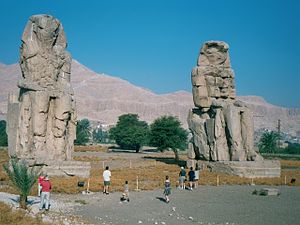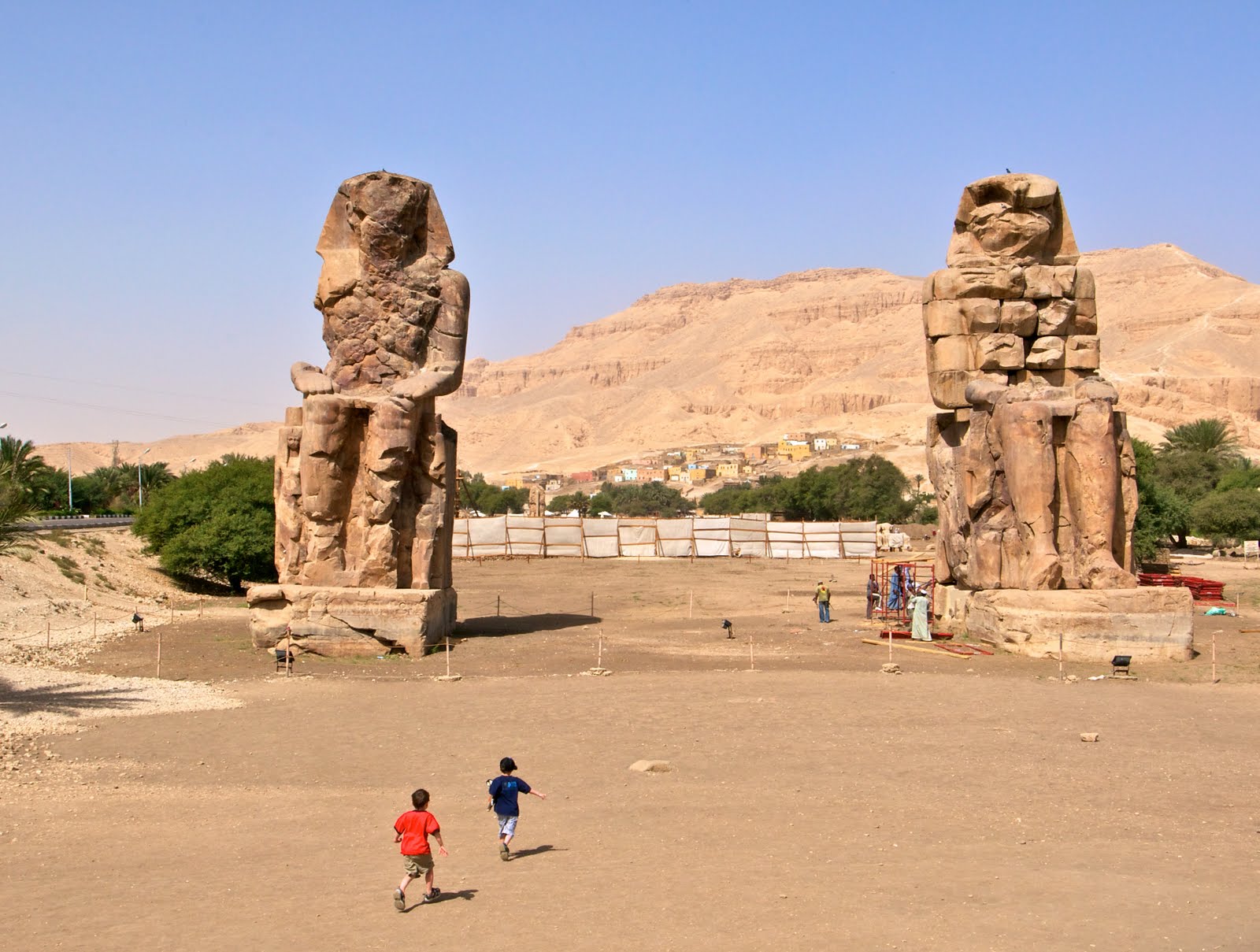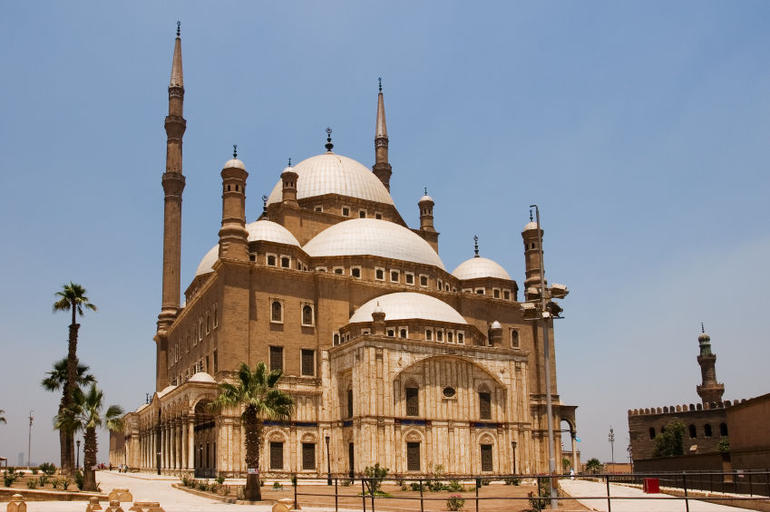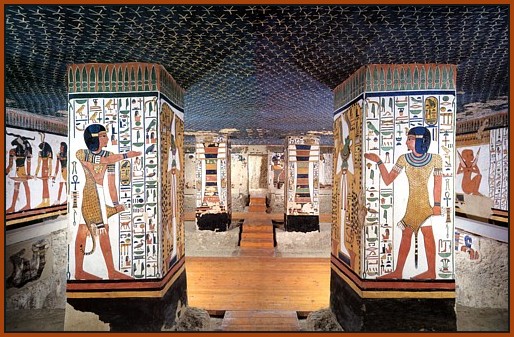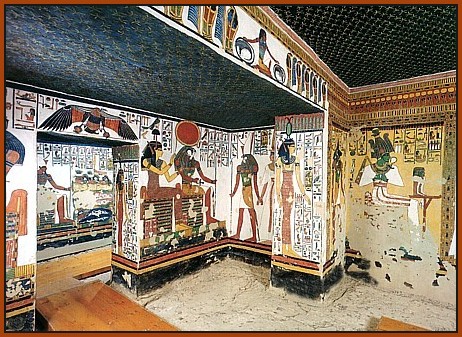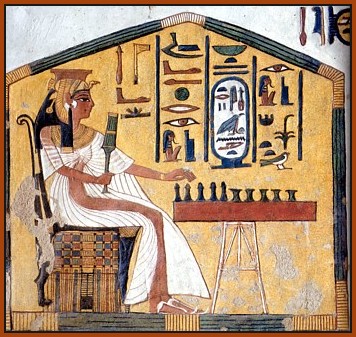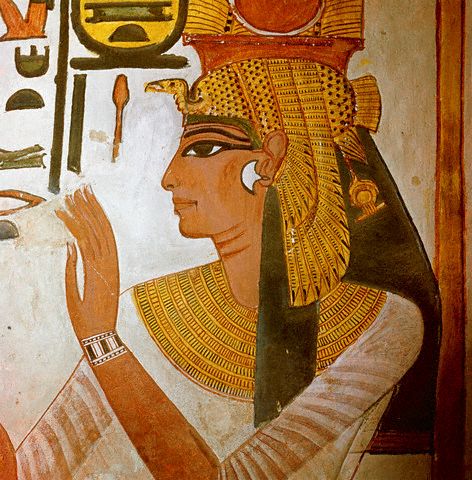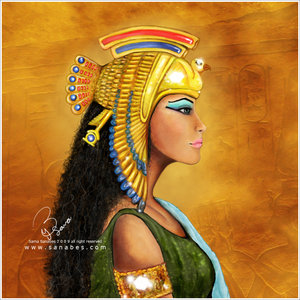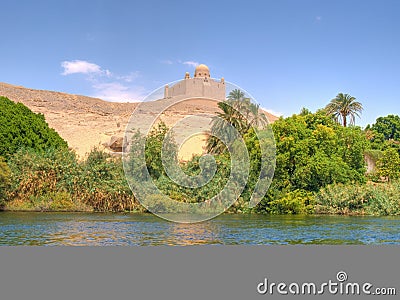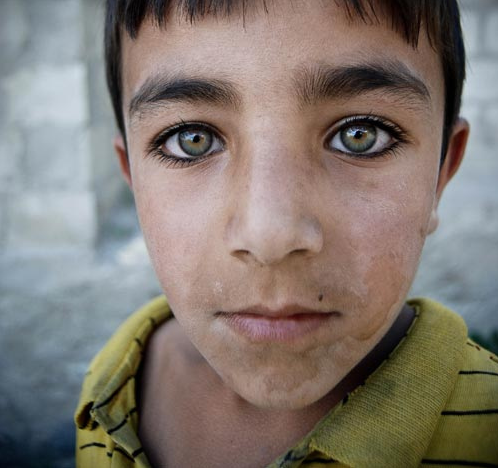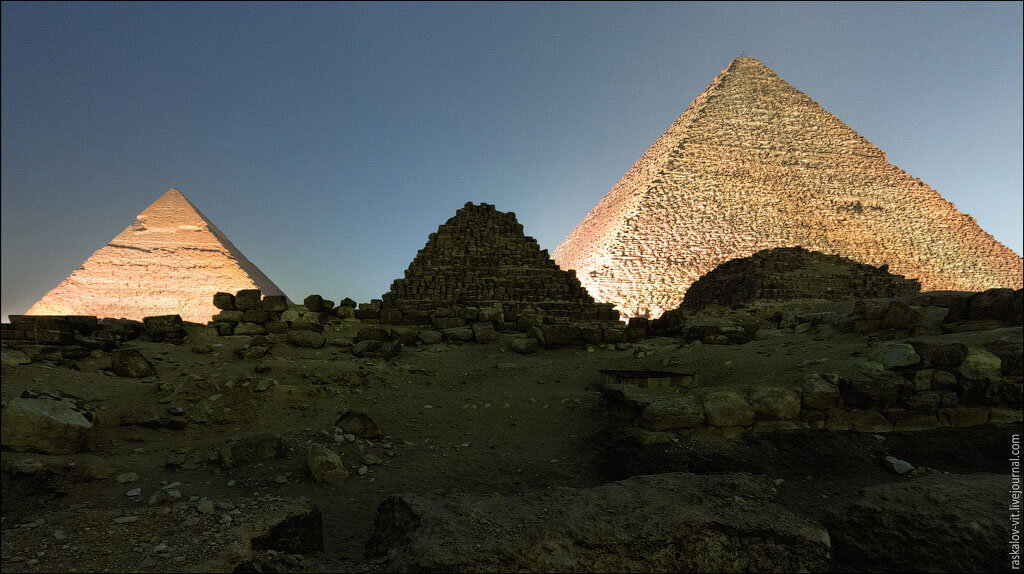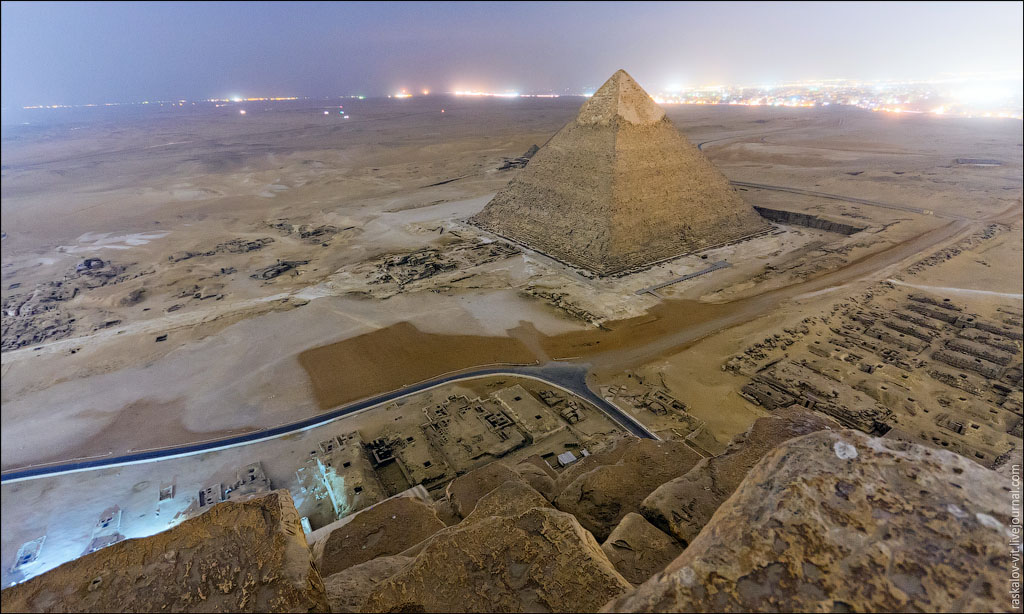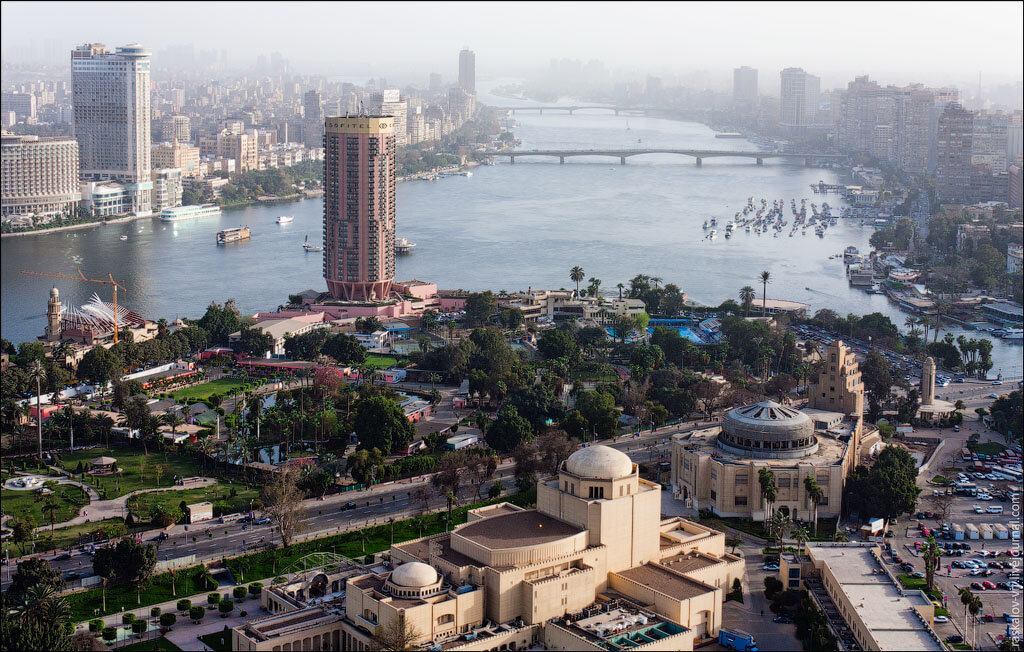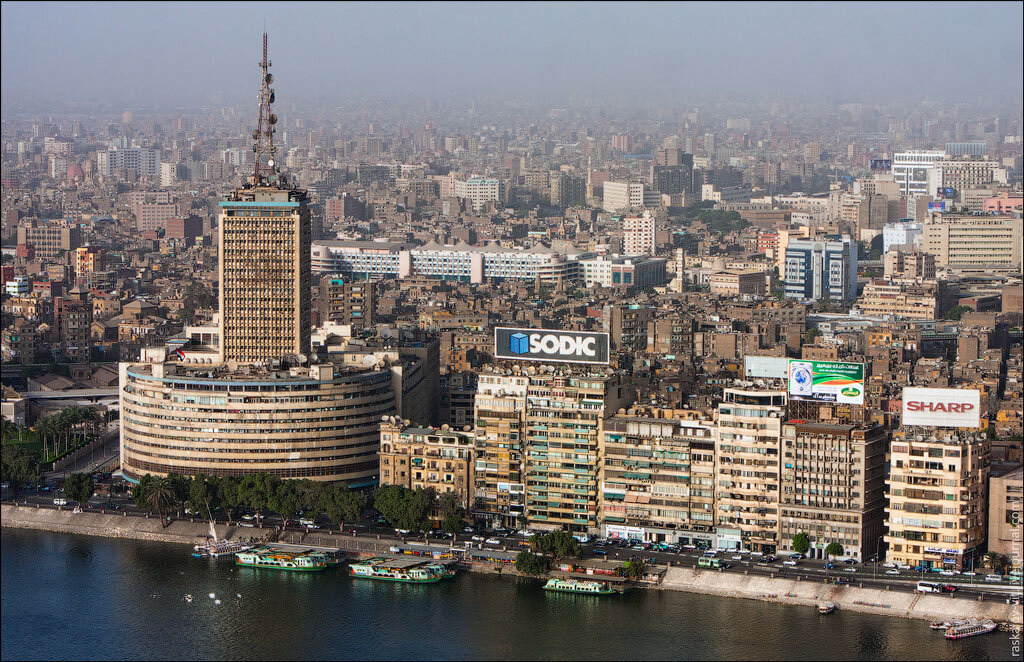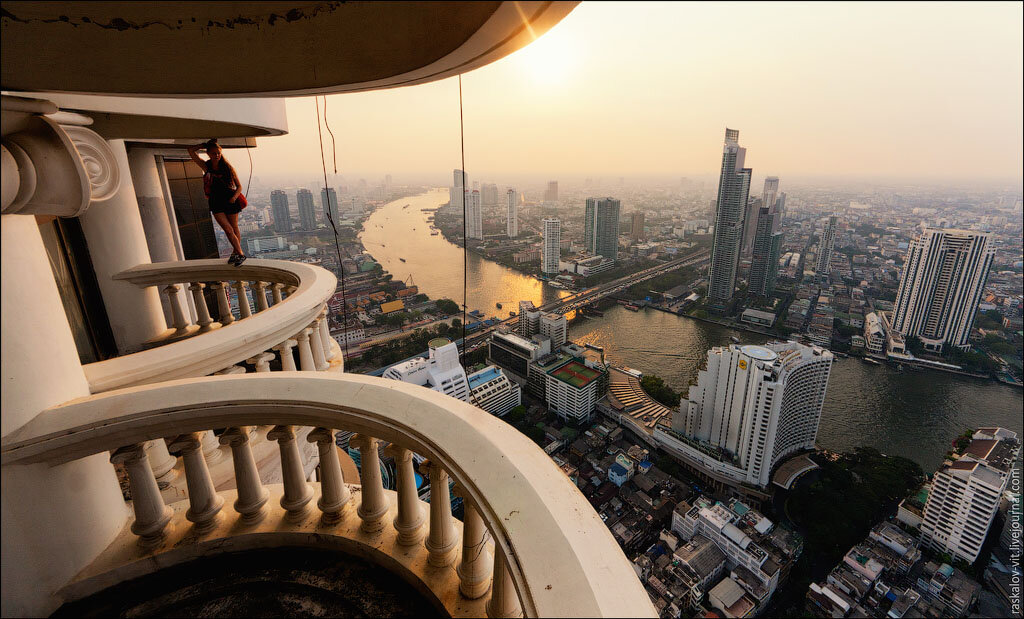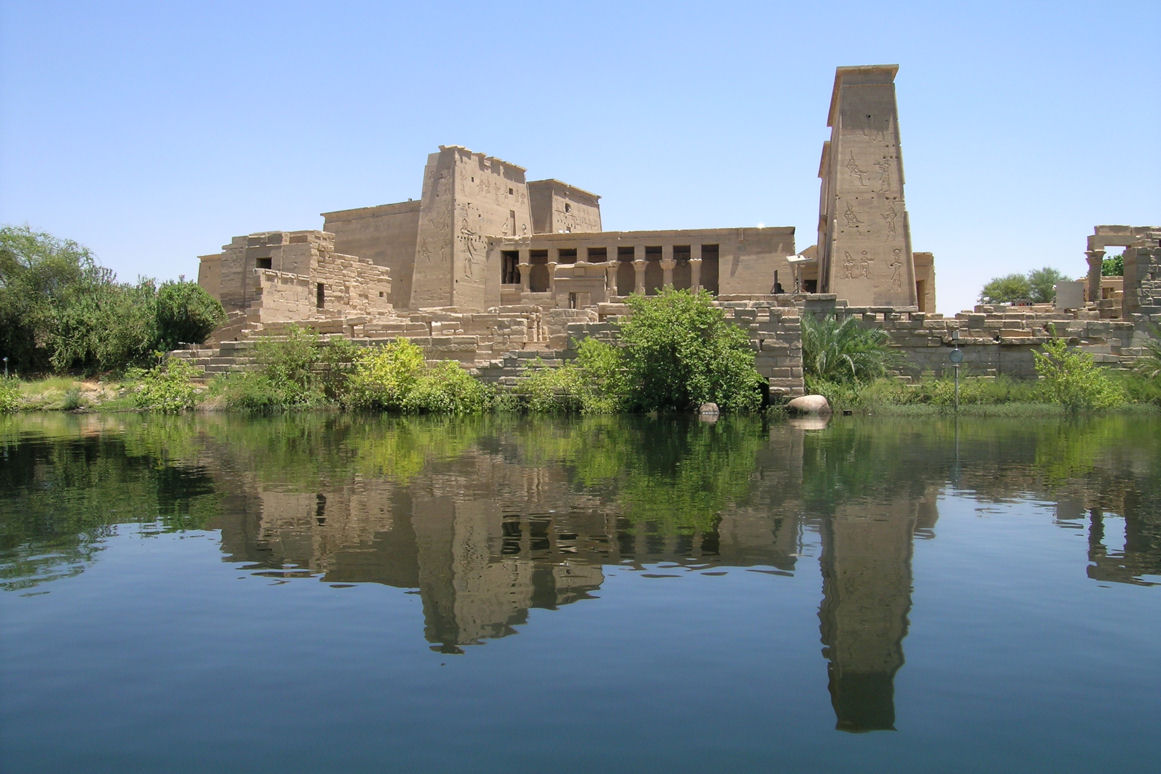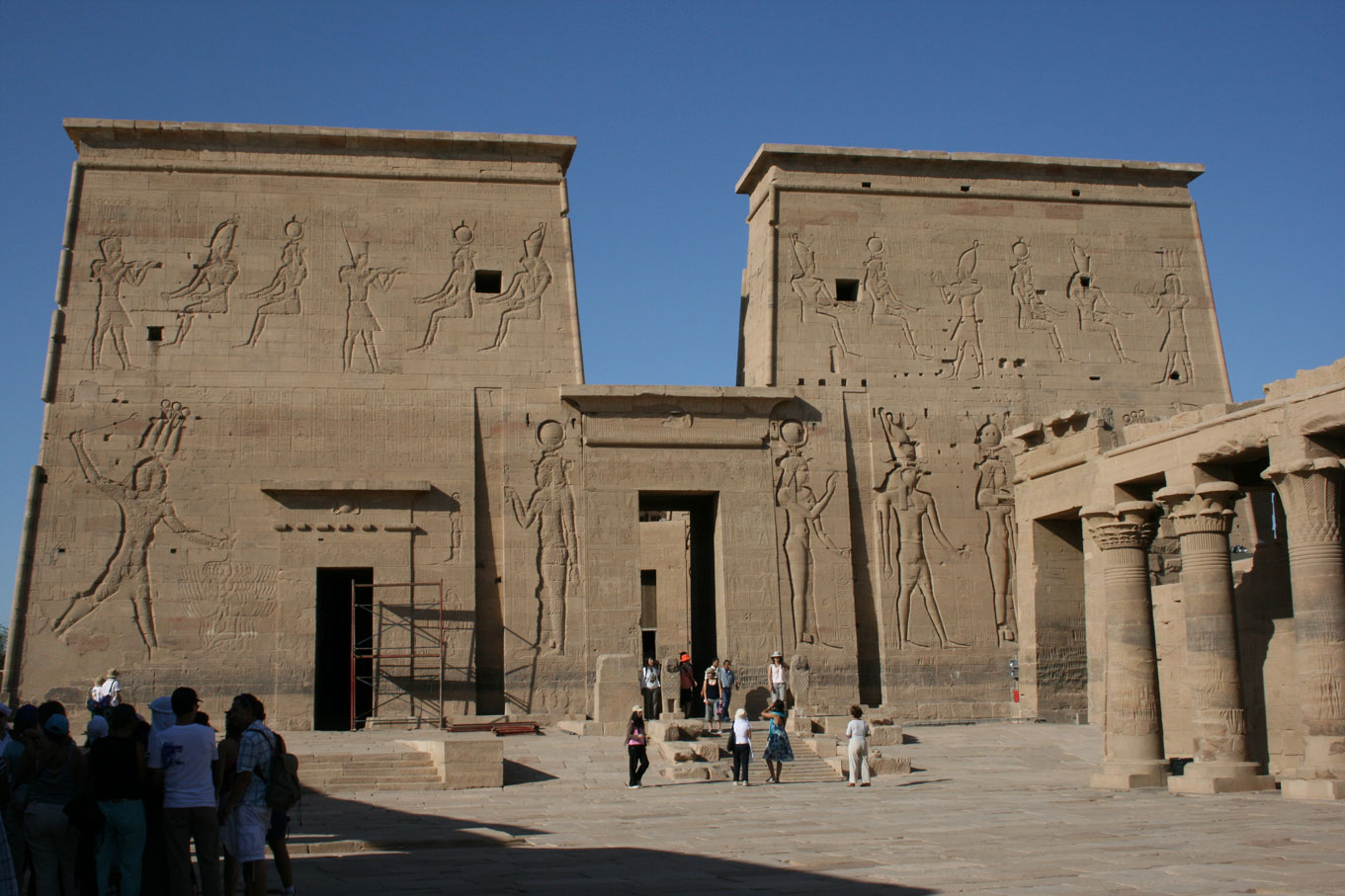Thanks Neddy...I went to the site but did not have the chance to enter to see the masterpiece...
Nefertari Project - The Endangered Queen
She had many official titles: "the Great Royal Wife," "the Lady of Two Lands," "the Mistress of Upper and Lower Egypt," and even "God's wife." She had other more endearing epithets: "Lady of Charm," "Sweet of Love," "Rich of Praise."
For over twenty years Nefertari was the beloved queen of Rameses II, the 19th dynasty pharaoh whose reign marked a peak in Egyptian imperial power. The high regard in which the pharaoh held his chief consort is evidenced at the small temple at Abu Simbel in Nubia. In an extraordinary act, Rameses dedicated the temple not only to the goddess Hathor but to Nefertari herself. In so doing he bestowed upon his wife the status of a god. She may have been the only Egyptian queen so honored.
Rameses's esteem for his wife was displayed after her death as well as in her life. Mehkitarian was not the only one to believe that the tomb created for her was among the most beautiful to be found in the Theban necropolis. The Italian archaeologist Ernesto Schiaparelli, who unearthed the tomb in 1904, immediately recognized the exquisite quality of his find. While the tomb was empty of all but several fragments of the queen's pink granite sarcophagus and a few other small artifacts—grave robbers during antiquity had plundered the tomb's treasure—the miraculous wall paintings remained.
Their condition, however, was hardly miraculous. Problems began from the moment of their creation. Because the tomb's limestone constituted a poor surface for painting, the artisans covered the walls with plaster. The designs for the images were outlined on the plaster, then sculpted in low relief before being painted. As the centuries passed, portions of the plaster detached from the limestone, with some falling completely away. Even in places where the plaster was relatively secure, the pictorial layer had deteriorated.
The damage, so evident when the tomb was first opened, accelerated in the decades that followed. The evidence suggests that most of the painting loss since the tomb's discovery was the result of human carelessness and vandalism. Despite several attempts to save what remained, by the 1980s at least a fifth of the wall paintings had been lost.
In 1985 the Egyptian Antiquities Organization (EAO) and the Getty Conservation Institute (GCI) began discussing how they might preserve this remarkable cultural treasure. As then EAO chairman Dr. Ahmed Kadry put it, Egypt had a "national duty to preserve one of the most beautiful masterpieces of its patrimony."
Maat, the goddess of truth and cosmic order, protects Nefertari with her outstretched wings.
In his 1954 book, Egyptian Painting, Arpag Mekhitarian opened with both praise and a lament. "The Pharaonic régime," he wrote, "was one of the longest in Antiquity and throughout the period artists of the Nile Valley produced indisputable masterpieces. The pity is that relatively few have escaped intact the ravages of men and time."
In particular, Mr. Mekhitarian cited the tombs in the Valley of the Kings and the Valley of the Queens, the ancient burial grounds of Thebes near Luxor in Upper Egypt. There, he said, "...dozens of square yards of inscriptions and depictions of scenes of the after-life which might have thrown much light on the Egyptian religion are irrevocably lost. Most tragic of all is the predicament of the tomb of Queen Nefertari, wife of that famous king Rameses II. Here the superb paintings on modeled stucco which until the recent war delighted the eyes of archaeologists, art historians and tourists alike, are now in such a precarious state that their total loss may well be a matter of only a few years."
For Mr. Mekhitarian, the inexorable fate that awaited the "magnificent" painted tomb of Nefertari was an inglorious one. "It is gradually disintegrating," he concluded, "and will soon have crumbled into dust." Nearly four decades later, the Nefertari wall paintings are anything but dust.
Over the last six years an international team of scientists and conservators have labored in the tomb with extraordinary dedication and craft to preserve the remaining images of the ancient Egyptian queen making offerings to the gods and journeying from temporal to immortal life. When the team's work was completed this spring, the success of their effort was apparent even to the untrained eye.
The dust is gone, the plaster walls are once again secure, and the vivid shades of red, blue, yellow, and green, complemented by a striking use of black and white, have reemerged. Today, Nefertari's elegant figure still adorns her tomb as it has for 32 centuries.







